World efforts for saving the euro
Ralitsa Kovacheva, May 10, 2010
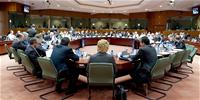 After a 12-hour-long and a probably dramatic meeting, the EU finance ministers agreed on a European Stabilization Mechanism worth 500 billion euro. On the same principle as the Greek finance assistance, the International Monetary Fund will participate in a complicated multi component scheme worth 220 billion euro. Thus the overall amount of potential funding for eurozone countries in trouble is 720 billion euro.
After a 12-hour-long and a probably dramatic meeting, the EU finance ministers agreed on a European Stabilization Mechanism worth 500 billion euro. On the same principle as the Greek finance assistance, the International Monetary Fund will participate in a complicated multi component scheme worth 220 billion euro. Thus the overall amount of potential funding for eurozone countries in trouble is 720 billion euro.
The mechanism is based on Art. 122.2 of the Lisbon Treaty that foresees financial support for Member States with difficulties caused by exceptional circumstances beyond Member States’ control. “We are facing such exceptional circumstance today and the mechanism will stay in place as long as needed to safeguard financial stability”, reads the statement of the finance ministers.
For this purpose a fund of 60 billion euro is being established, available to the European Commission. The money could be granted to states with difficulties quickly but under strong conditionality. In order to ensure the money the Commission will increase the ceiling of a facility used to issue euro bonds up to 60 billion euro, with which it trades on financial markets. This is the so called „balance of payments” facility, which was used in 2008 to help Latvia, Hungary and Romania, but now it is extended to the eurozone countries.
The second pillar of the Mechanism is intergovernmental agreements among the eurozone countries, on which basis a Special Purpose Vehicle is being established. Through this Vehicle the troubled countries could receive up to 440 billion euro, guaranteed by the member states. They will participate in the supporting instrument on a pro rata basis and in a coordinated manner, in accordance with their share in the paid-up capital of the European Central Bank and pursuant to their national constitutional requirements. The instrument will expire after three years and the non-euro countries could participate voluntarily in it. The UK refused taking part, but Sweden and Poland have volunteered.
The IMF itself participates with 220 billion euro. The money would be given through its usual facilities in line with the recent European programmes. All loans, given under the Mechanism, will be on terms and conditions similar to the those of the IMF, notes the statement of the finance ministers. The activation of the Mechanism is a subject to strong conditionality and in the context of a joint EU and IMF support. The rates will be the same as with the Greece case, because the logic is the same, explained at a midnight briefing the 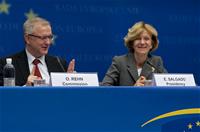 European Commissioner for Economic and Monetary Affairs Olli Rehn. He made it clear, that this refers both to the fund of 60 billion euro and to the bilateral loans, because regardless of the different origin of the money, the negotiation mechanism is the same.
European Commissioner for Economic and Monetary Affairs Olli Rehn. He made it clear, that this refers both to the fund of 60 billion euro and to the bilateral loans, because regardless of the different origin of the money, the negotiation mechanism is the same.
Along with the agreement on the stabilization mechanism, the European Central Bank announced it will intervene “in the euro area public and private debt securities markets to ensure depth and liquidity in those market segments which are dysfunctional”. This means that the institution will buy private and public debts on the secondary markets and practically will give loans to the euro zone countries.
The first intervention will be on May 12th through a six-month refinancing operation and then through three-month operations over the course of five weeks, from May 26 to June 30.
“In order to sterilise the impact of the above interventions, specific operations will be conducted to re-absorb the liquidity injected through the Securities Markets Programme. This will ensure that the monetary policy stance will not be affected”, the ECB statement noted.
The rescue of the euro is a result of the joint efforts not only in Europe but in the world too. The ECB took joint action with the Bank of Canada, the Bank of England, the US Federal Reserve, and the National Bank of Switzerland to reduce tensions that have appeared in European markets for short-term financing in dollars. The five organisations announced the reactivation of temporary facilities for currency exchange in dollars, the purpose of which is to facilitate liquidity in the US currency for European banks.
In its statement the ECB pointed out that in making the decision for buying debts the institution has taken note of the statement of the euro area governments that they “will take all measures needed to meet [their] fiscal targets this year and the years ahead in line with excessive deficit procedures” and of the precise additional commitments taken by some euro area governments (Spain and Portugal) to accelerate fiscal consolidation and ensure sustainability of their public finances.
 In the same spirit, the finance ministers decided to accelerate plans for fiscal consolidation and structural reforms, where needed. “We therefore welcome and strongly support the commitment of Portugal and Spain to take significant additional consolidation measures in 2010 and 2011 and present them to the 18 May ECOFIN Council.” The adequacy of such measures will be assessed by the Commission in June in the context of the excessive deficit procedure.
In the same spirit, the finance ministers decided to accelerate plans for fiscal consolidation and structural reforms, where needed. “We therefore welcome and strongly support the commitment of Portugal and Spain to take significant additional consolidation measures in 2010 and 2011 and present them to the 18 May ECOFIN Council.” The adequacy of such measures will be assessed by the Commission in June in the context of the excessive deficit procedure.
On May 12th the European Commission will present its complete vision for the reforms in the euro zone, including better economic coordination and supervision, stronger fiscal discipline and permanent crisis resolution framework. In conclusion ministers underlined the need of “rapid progress on financial market regulation and supervision, in particular with regard to derivative markets and the role of rating agencies.” The EU will continue to work on initiatives “such as the stability fee, which aim at ensuring that the financial sector shall in future bear its share of burden in case of a crisis, also exploring the possibility of a global transaction tax”. The EU has to build a common position on these issues by the G20 meeting in Toronto in June, where it is expected to be the main theme.
EurActiv reported, that during the ECOFIN meeting, the ministers of the EU countries which are members of the G7 (France, the UK, Germany and Italy) held also two conference calls with their G7 counterparts. That meeting was not only long, but tense too, given the sudden health problem of the German Finance Minister Wolfgang Schäuble. He was hospitalized in Brussels and was replaced by his colleague, Interior Minister Thomas de Maizière.
The Bulgarian finance minister Simeon Dyankov commented that “for the first time since the euro was introduced such a mechanism is being established, in which the EU countries, as Bulgaria are not euro zone members, participated in the elaboration and approval of the agreement. The aim was to show that there is a joint financial policy in the European Union.”
All European and world leaders, as well as big financial institutions, expressed 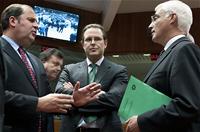 their support for the stabilization mechanism as a way to counteract market pressure on the euro. The most colourful was undoubtedly the Swedish Finance Minister Anders Borg, who determined the mechanism as a "wolf pact" to save the euro.
their support for the stabilization mechanism as a way to counteract market pressure on the euro. The most colourful was undoubtedly the Swedish Finance Minister Anders Borg, who determined the mechanism as a "wolf pact" to save the euro.
The first signals from the markets were encouraging and the value of the euro started to rise. It is a matter of time to see whether the wolf will remain sated and euro - safe.
 | © European Commission- Audiovisual Service
| © European Commission- Audiovisual Service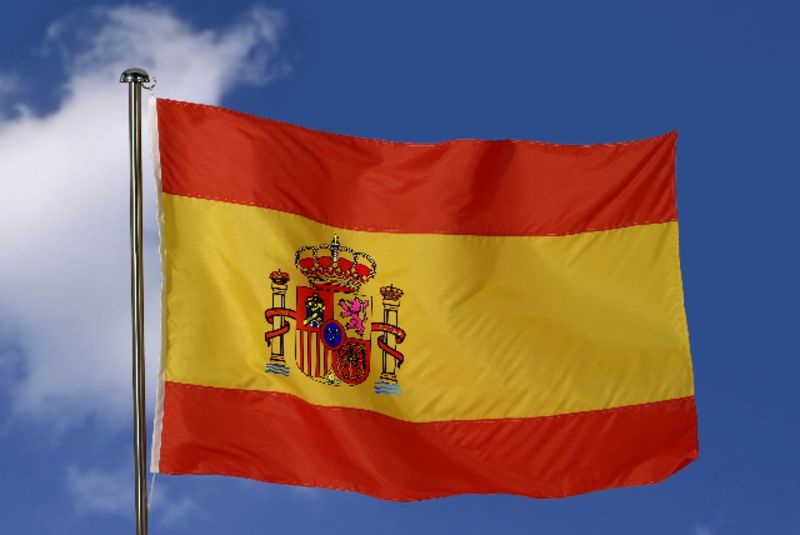 | © Eropean Commisson-Audiovisual Service
| © Eropean Commisson-Audiovisual Service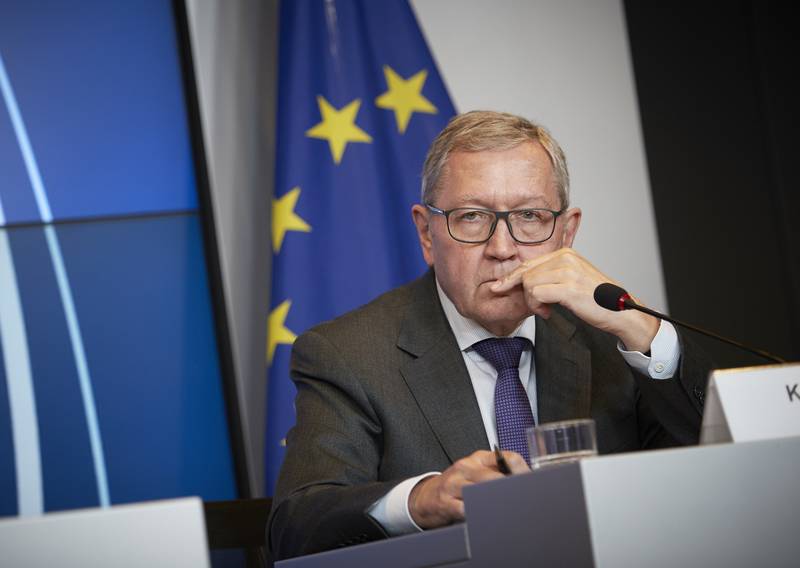 Klaus Regling | © Council of the EU
Klaus Regling | © Council of the EU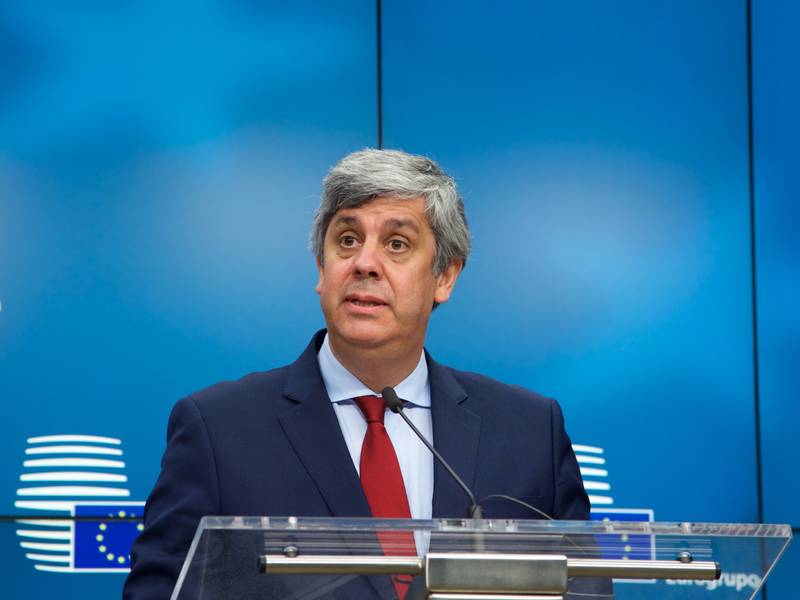 Mario Centeno | © Council of the EU
Mario Centeno | © Council of the EU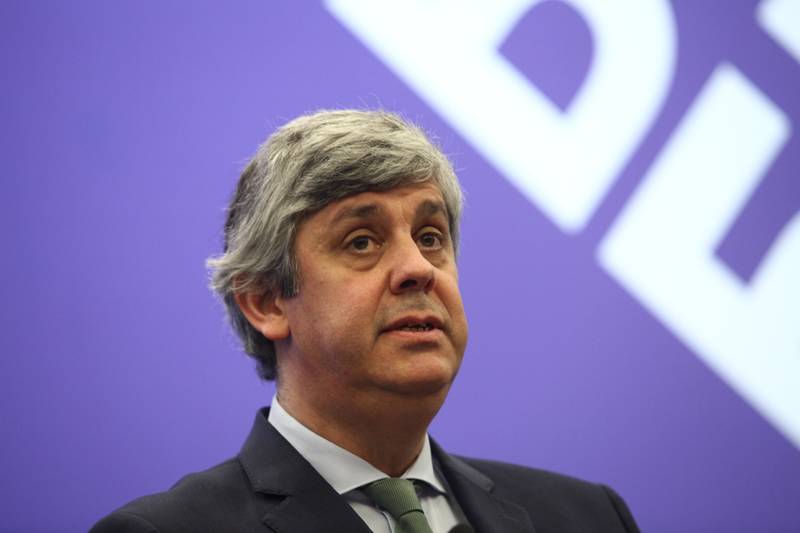 Mario Centeno | © Council of the EU
Mario Centeno | © Council of the EU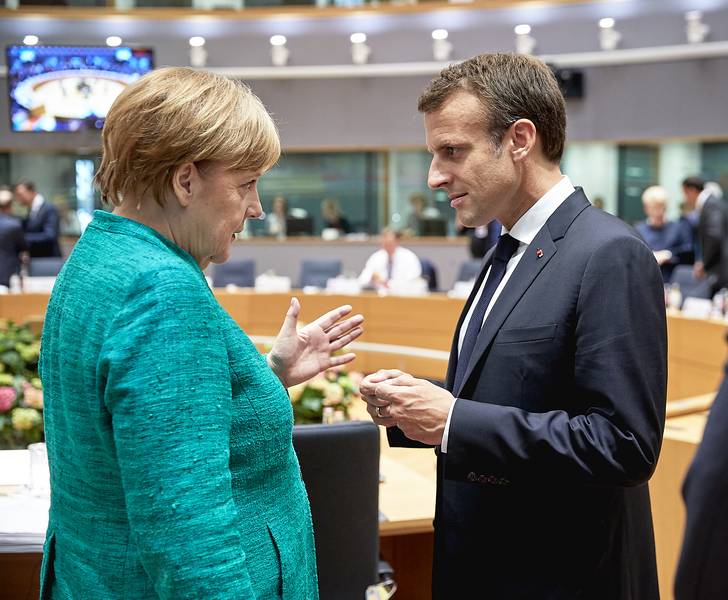 Angela Merkel, Emmanuel Macron | © Council of the EU
Angela Merkel, Emmanuel Macron | © Council of the EU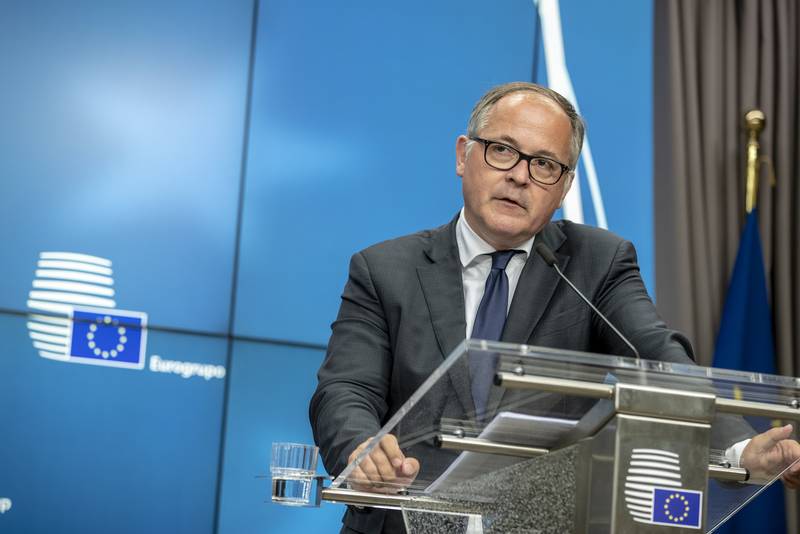 Benoit Coeure | © Council of the EU
Benoit Coeure | © Council of the EU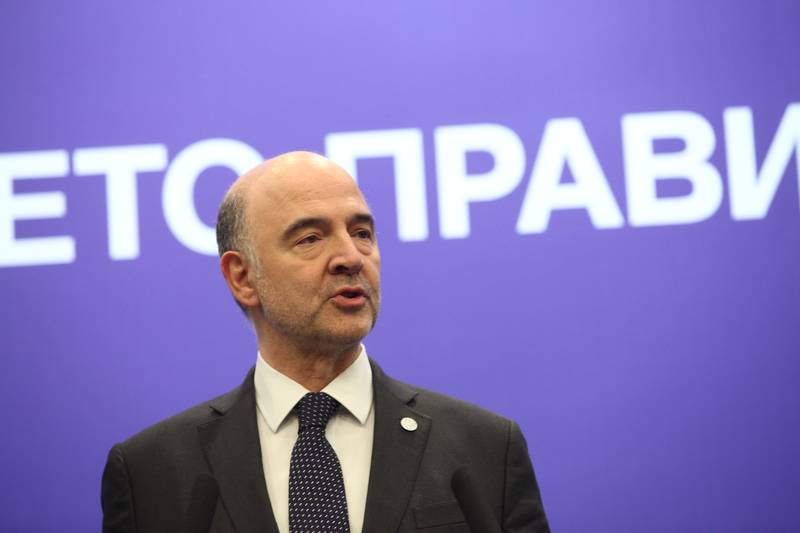 Pierre Moscovici | © Council of the EU
Pierre Moscovici | © Council of the EU | © euinside
| © euinside